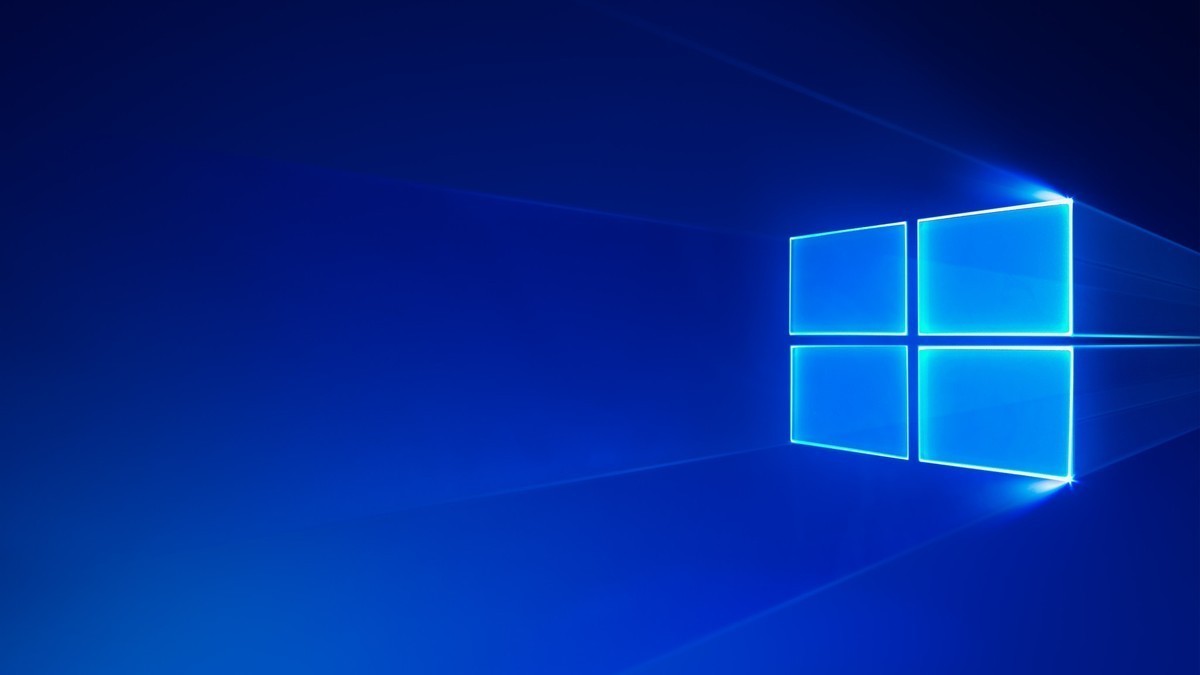
We already know that the Windows 10 April 2018 Update has been the most rapidly deployed of the major Windows 10 updates. Microsoft today said a little about how this speed was achieved—and made the update fully available to every Windows 10 system, representing the final stage of the rollout process.
The rollout of each major update is performed gradually. Microsoft uses information about successes, failures, and incompatibilities collected from the earliest systems to receive the update to determine whether it should be made more widely available. For this update, there was an extra factor in the mix: machine learning. The company built a machine learning model to identify which system characteristics meant that the update was likely to succeed. With this model, viable candidate systems could be more rapidly identified, in turn enabling the update to be more aggressively pushed to those systems. The result was fewer rolled back installations, fewer crashes, and less negative user feedback.
During the deployment of the update, incompatibilities were detected. As an example, Microsoft says that a version of Avast Behavior Shield caused a reboot issue. The immediate fix was to blacklist systems with the problematic software, meaning that within 24 hours of the problem being detected, at risk machines were no longer being updated. Avast subsequently fixed its software, and with the corrected software in place, the deployment could be resumed.
Already Redmond says that the update is on about 250 million systems, with “approaching 700 million” total Windows 10 devices. This represents a lower penetration than the AdDuplex numbers reported last month indicated. We knew that the AdDuplex numbers were likely to overestimate the uptake of the update, as the company’s data is collected from advertising-supported Store applications. The market for such applications is going to tend to skew toward consumer systems, leaving corporate machines underrepresented. Depending on the exact number of Windows 10 systems out there, Microsoft’s data would suggest that the actual rate is somewhere between 36 and 41 percent, rather than AdDuplex’s 50 percent.
However, that percentage is likely to go up substantially, as the update is no longer being gated. The gradual deployment is open, and now every Windows 10 machine that hits Windows Update will be offered the new version.
The faster rollout suggests that the update itself is less problematic than previous updates have been. Microsoft claims that the new update has 20 percent fewer system stability issues (compared to systems running the previous major update), with 20 percent fewer driver stability problems, spanning 400,000 drivers. Redmond also claims that the number of support calls generated by Windows 10 is declining with each update. We’ve had concerns about the launch day quality of previous Windows updates; so far, it appears that this latest version really is less problematic than its predecessors.

